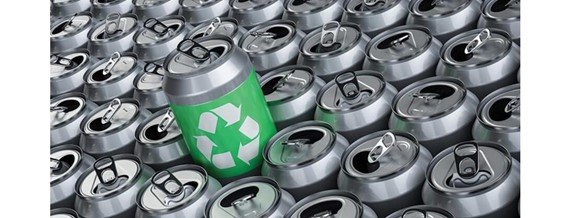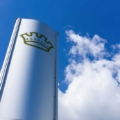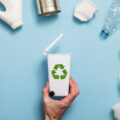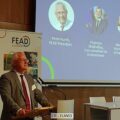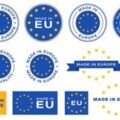The European Union has reached an agreement to reduce packaging waste by 15% by 2040.
Recently, an agreement was reached between the Council and the European Parliament to reduce packaging waste by 15% by 2040. It also establishes the need for packaging to be recyclable and to limit hazardous substances such as permanent chemicals as much as possible.
According to the provisional agreement, which must be confirmed by both institutions, targets are set to progressively reduce packaging by 5% by 2030, 10% by 2035 and 15% by 2040. This represents a 5% reduction compared to the European Parliament’s initial proposal, however, it has managed to include a ban on the sale of very thin plastic bags, with less than 15 microns.
As of January 1, 2030, some types of plastic packaging that can only be used once will be banned. These include packaging for fresh fruits and vegetables, packaging for food and beverages in cafeterias and restaurants, individual portions such as condiments and sauces, miniature toiletries and shrink wrapping for airport luggage. The use of certain permanent chemicals in food contact packaging, such as PFASs (perfluorinated and polyfluorinated substances), is also prohibited.
The process of reuse and recharging refers to the practice of reusing materials or products that have been previously used, instead of discarding them and acquiring new ones. This method helps to reduce the environmental impact by reducing the amount of waste generated and can also be beneficial to the economy by saving costs in production. It also promotes a culture of responsible and sustainable consumption.
The negotiators have determined a specific target for the use of reusable packaging for alcoholic and non-alcoholic beverages (except milk, wine, aromatized wine and spirits) by 2030, which should be at least 10%. However, member countries have the option to grant a five-year exemption under certain conditions. Restaurants offering take-out service will also be required to provide customers with the option to bring their own packaging and will be required to offer at least 10% of their products in a reusable format by 2030. In addition, member countries should encourage catering establishments (such as restaurants, canteens, bars and cafeterias) to serve tap water in a reusable or refillable format whenever available, either free of charge or for a minimal fee per service.
Waste collection and treatment process with the objective of reducing its environmental impact and promoting its reuse in new products. This process includes the separation and classification of waste, proper transportation to recycling plants and the transformation of these materials to avoid their accumulation in polluting landfills. Recycling is an increasingly common practice to promote the sustainability of the planet and reduce the amount of natural resources consumed.
The negotiators have reached an agreement that all containers must be recyclable and follow strict criteria to be determined by additional legislation. However, certain exceptions will be allowed for materials such as light wood, cork, textiles, rubber, ceramics, porcelain or wax. The agreement also includes a five-year renewable exemption for meeting reuse targets under specific conditions and exempts microenterprises from meeting those targets. In addition, economic operators are allowed to form groups of up to five final distributors to achieve the beverage reuse targets.
Under new rules set to be in place by 2029, member countries must ensure that at least 90% of single-use plastic bottles and metal beverage containers are collected separately annually. To achieve this, they must implement deposit return systems (DRS) for these types of packaging. However, minimum requirements for DRS will not apply if there are already systems in place that reach the 90% target by 2029. An exception to this rule has been included for those countries that have achieved a selective recycling rate above 80% by 2026 and submit a detailed plan to meet the 90% target.

